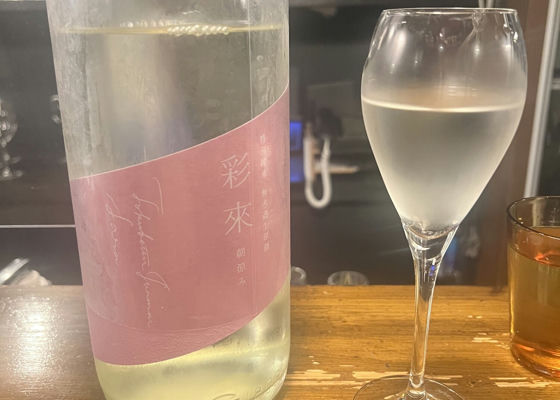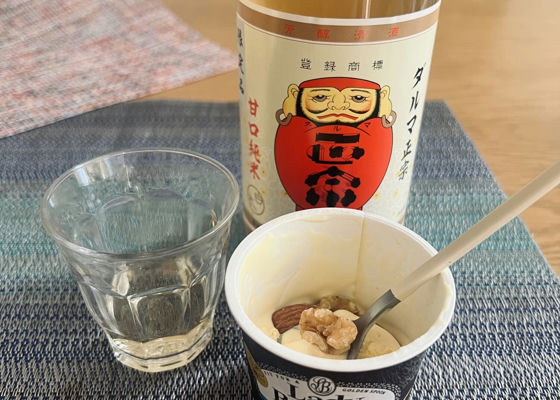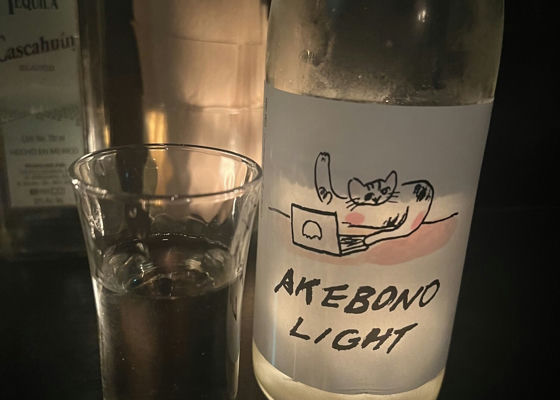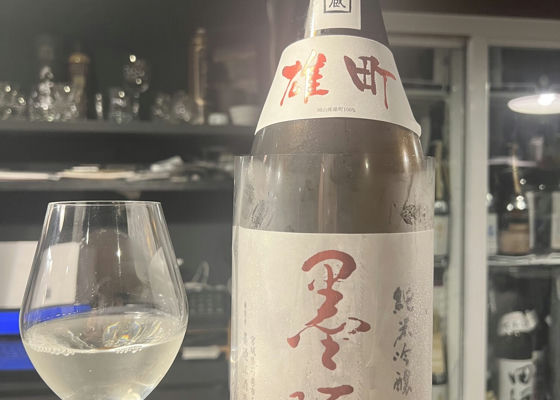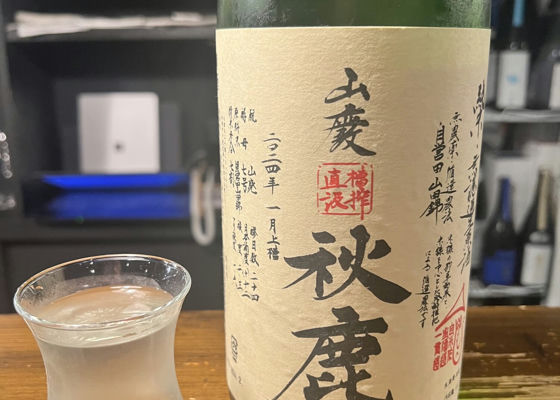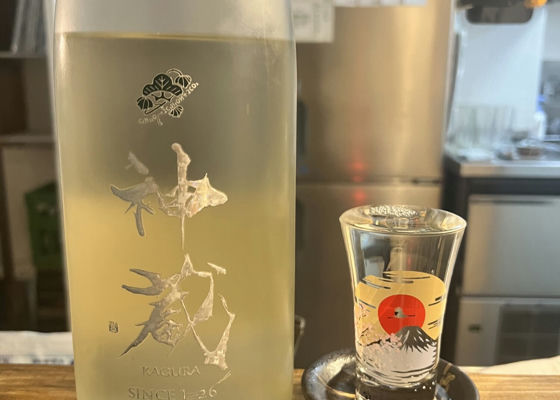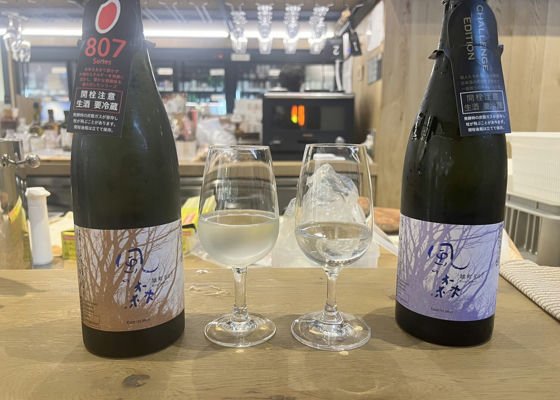
寺本酒店
Two types of "Kaze no Mori" brewed with Omachi, a popular sake rice that was reintroduced to the market!
Compare two kinds of "Kaze no Mori" brewed with popular rice Omachi!
@IMADEYA SUMIDA
The three-digit number on the "Kaze no Mori" series is written in the first two digits.
The three-digit number on the "Kaze no Mori" series indicates the rice polishing ratio in the first two digits, and the yeast number in the last digit.
Therefore, the "Omachi 807/507" was an interesting comparison of "Kaze no Mori" brewed with the same rice and malted rice, to see what kind of changes the different polish would bring about....
Both have a melon-like (melon, etc.) base, and the fruity, chili-like, mouthwatering gasiness that is typical of Kaze no Mori tickles the palate. The aftertaste is soft and lingering, which is unique to Omachi rice, and gives the impression that this is an easy-drinking sake that is surprisingly thick. It is easy to drink but surprisingly thick.
The difference is in the
The 807 (*less polished, so the original rice flavor remains) has a more robust impression, with a stronger banana-like aroma and flavor.
In comparison, 507 has a cleaner overall impression of 807, with a slight strawberry-like acidity and a slightly lighter finish.
While it is hard to say which is better, I personally prefer 807.
Which do you prefer?
If you have a chance, please try the difference.
Japanese>English
